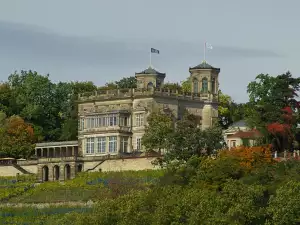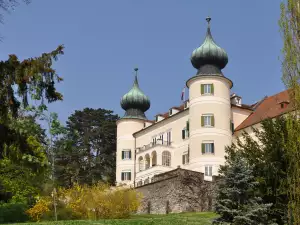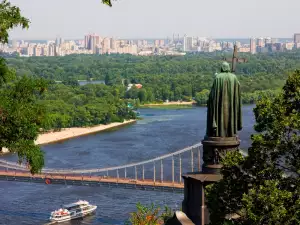Fredensborg Palace
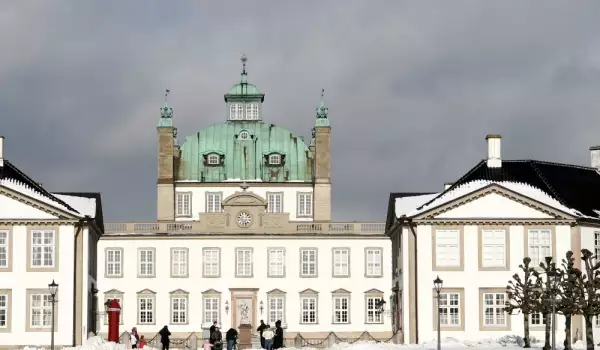
Fredensborg Palace functions as a summer royal residence of the Danish kings. In literal translation of the name of this amazing and magnificent royal possession it means "Peace Palace" and now has nearly 300 years of history behind it.
Fredensborg is located on the island of Zealand in Denmark and it stands on the eastern shore of the Esrum Lake.
In the Palace Fredensborg for centuries has held a range of important events, state visits and events of the royal family, this castle remains the most preferred and most used among all properties of the rulers of Denmark.
Fredensborg was built originally as a hunting lodge for King Frederick IV of architect JC Krieger in 1719. Three years later they open the main building of the palace and the chapel was ready in 1726.
In the coming decades Fredensborg Palace was repeatedly extended, restored and improved at the time of King Christian VI, King Frederik V and his wife - Queen Juliane Marie.
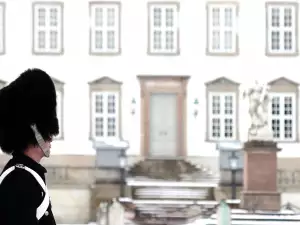
After the death of Queen Mary Julian in 1796, Fredensborg Palace began to be used less frequently and less frequently. This changes only at the time of King Christian lX and Queen Louise and since then the castle became the permanent residence of the royal family. Today the royal family occupy the halls of Fredensborg for three months each spring and three months each fall.
The personal and secular holidays have passed beyond the walls of the castle and in its lovely gardens. There are celebrated not one or two royal weddings but christenings and birthdays too. Fredensborg also remains the preferred place of Danish kings to meet with their foreign guests.
There has been an interesting tradition for centuries, anchored in the visit of guests from other countries in the castle. Each of them must carve their name in the diamond glass window in the room in which it is housed.
The magnificent gardens of the Fredensborg Palace necessarily have to be seen. They are wired from the very construction of the mansion, but in 1760 were significantly improved, expanded and adapted to the changing temporal factors and now the beautiful park largely recreates the charm and grandeur of the original, which was created in the 18th century.
Visitors have the opportunity to see the interior of Fredensborg and its architecture built in the Italian baroque and classical facade only in July when the royal family is absent from the castle.






